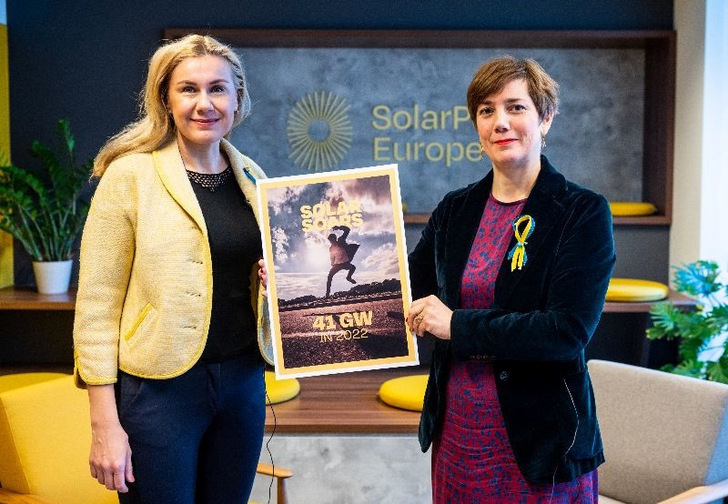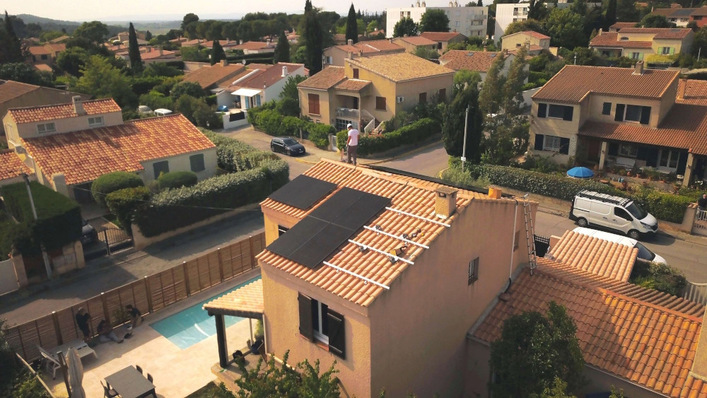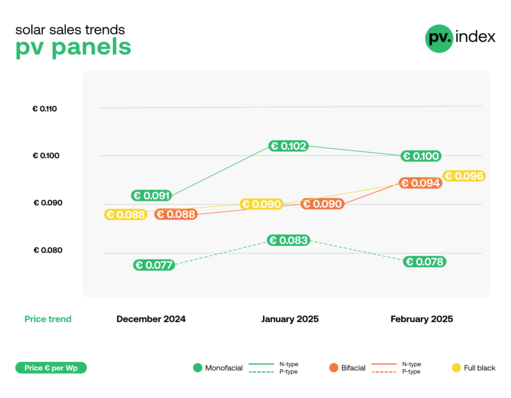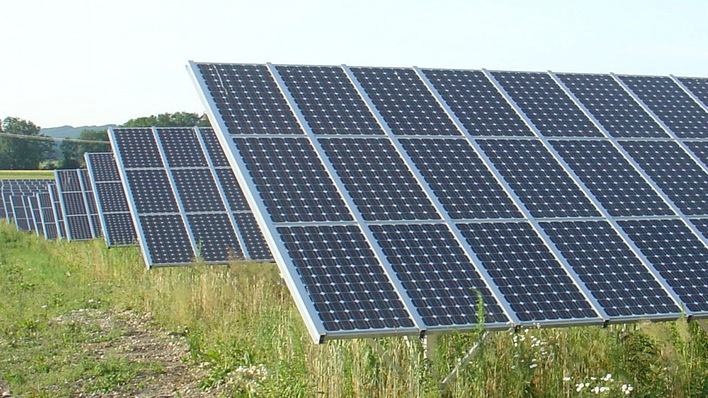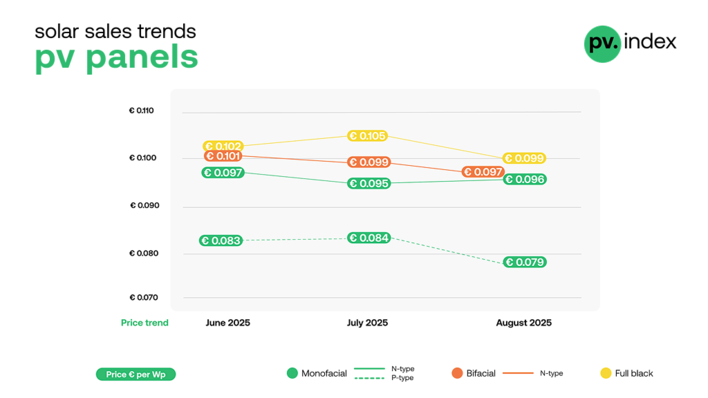In the face of an unprecedented energy crisis and heightened energy security concerns, EU total solar power capacity grew by a mammoth 25% in just one year – from 167.5 GW to 208.9 GW in 2022, according to the EU Market Outlook for Solar Power 2022-2026.
Walburga Hemetsberger, CEO of SolarPower Europe said: “The numbers are clear. Solar is offering Europe a lifeline amid energy and climate crises. No other energy source is growing as quickly, or reliably, as solar. We’re building a secure, green, prosperous Europe on a foundation of solar.”
European solar shows no signs of slowing down. Our average prediction for 2023 is 53.6 GW more solar power in the EU – this ‘most-likely’ pathway takes us to at least 85 GW of new solar per year by 2026. This means the EU solar market is set to more than double within four years and reach 484 GW by 2026.
Germany followed by Spain and Poland
The International Energy Agency recommends that the EU install around 60 GW of solar power in 2023 to compensate for shortfalls in Russian gas supply. With rapid and targeted support, solar power could fill the gap, reaching up to 67.8 GW of installations in 2023 in a high scenario.
There are now ten EU countries that are adding at least 1 GW of solar per year. Germany topped the league tables, adding almost 8 GW in 2022, followed by Spain (7.5 GW), Poland (4.9 GW), the Netherlands (4.0 GW), and France (2.7 GW).
But despite all the record-breaking reports, the framework conditions for the expansion of photovoltaics still need to be improved and hurdles removed. "Let us be inspired by this year's results to work even harder and lay the right foundations for the EU solar market of the future," underlined Energy Commissioner Kadri Simson.
From Solarpower Europe's point of view, one of the things that needs to be done is for policy makers in all EU member states to see the growth potential of photovoltaics even more as an opportunity and to take it into account in their National Energy and Climate Plans (NECP).
Removing hurdles - more European supply chains
In addition, he said, it is necessary to increase the pool of certified solar installers and qualified workers through targeted further education and training initiatives. In addition, there is a need to reduce bureaucracy and streamline approval procedures for grid connection and plant construction, speed up grid expansion, and ensure sustainable and reliable supply chains for photovoltaics.
Did you miss that? SolarPower Europe launched online solar recruitment platform
Simon also emphasized the need to expand European PV manufacturing and strengthen domestic supply chains. This also offers enormous industrial policy opportunities, he said. This is to be supported by the "EU Solar PV Industry Alliance", which the EU Commission recently launched. (hcn)
Read more: EU: Industry alliance to expand production of solar components


